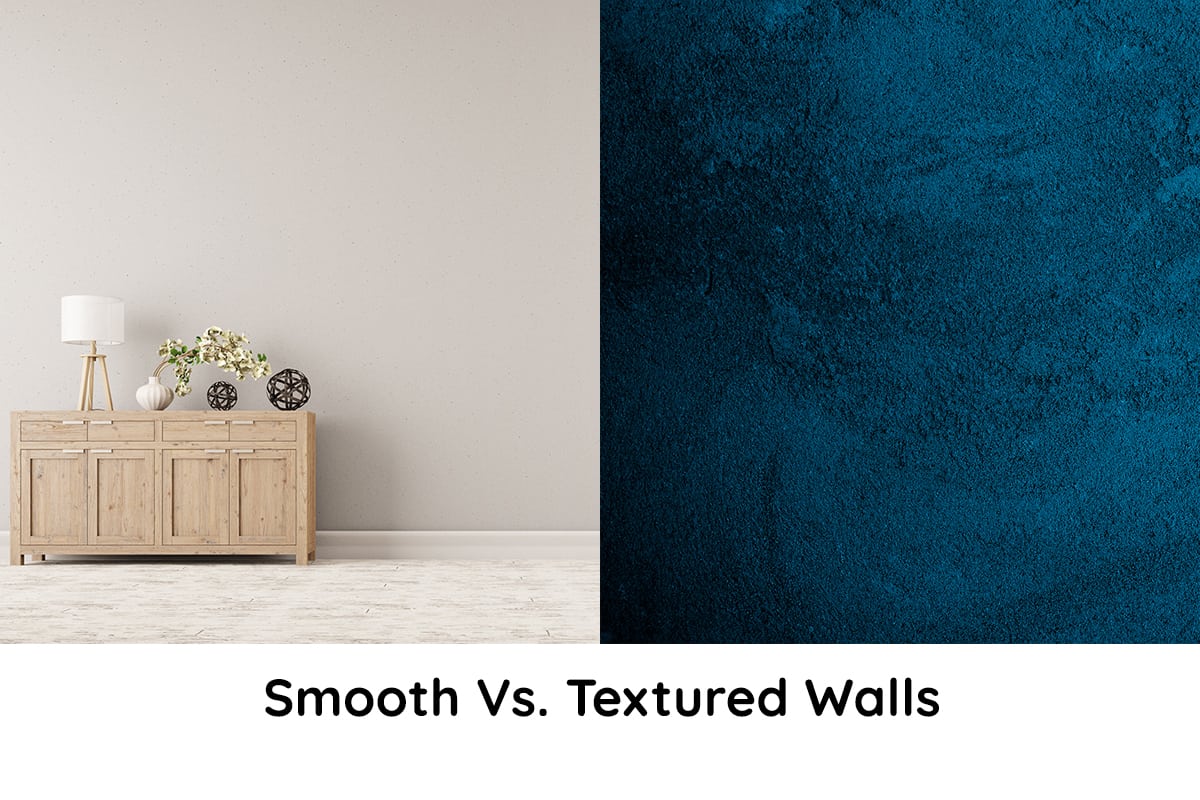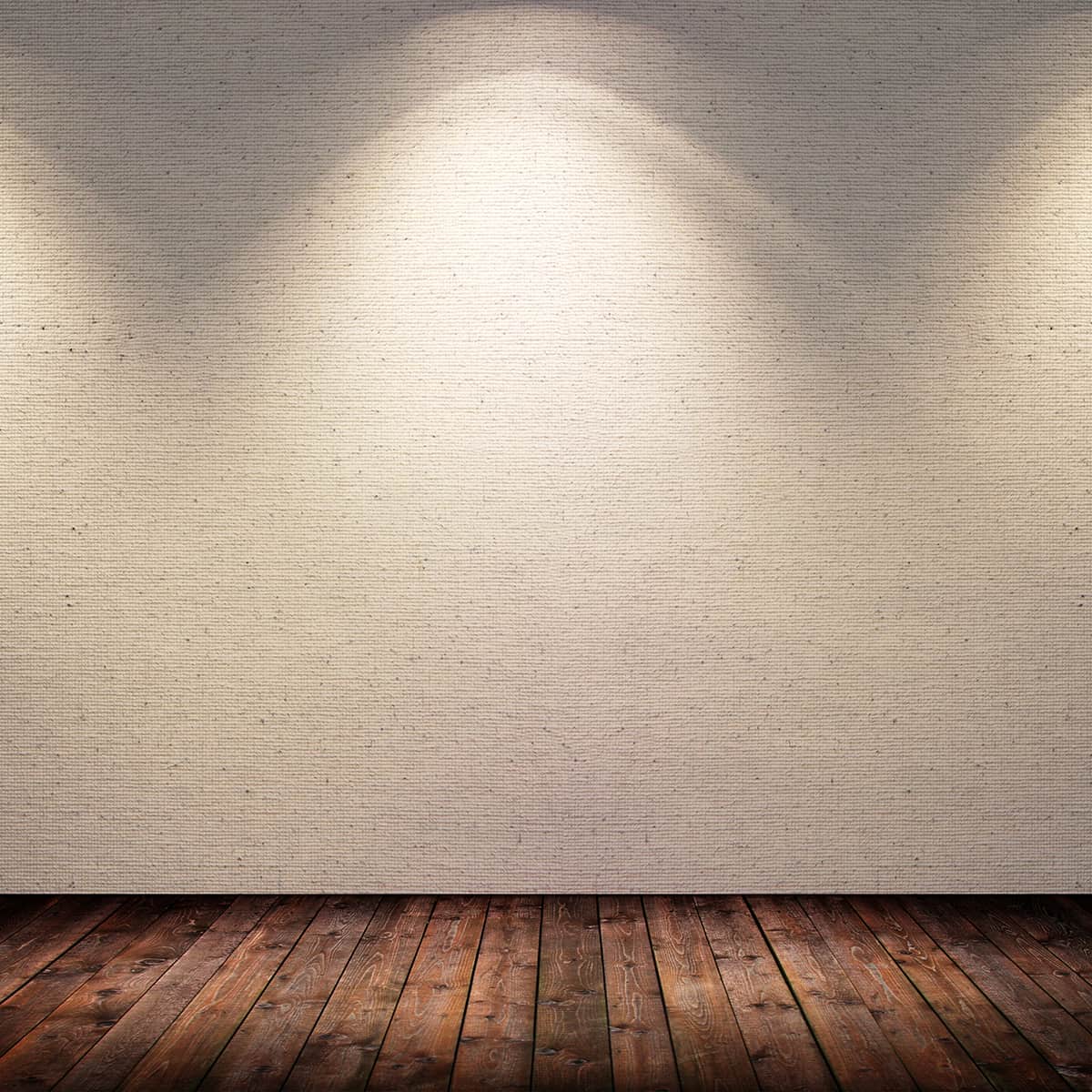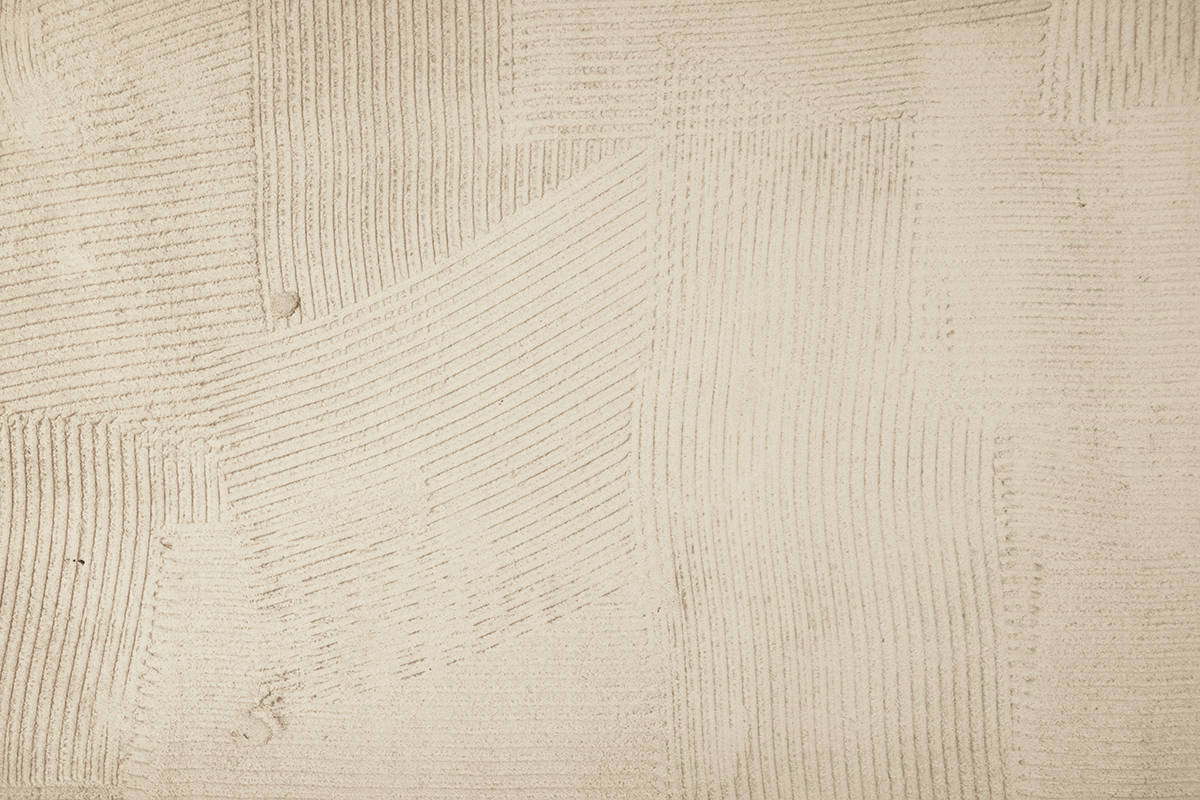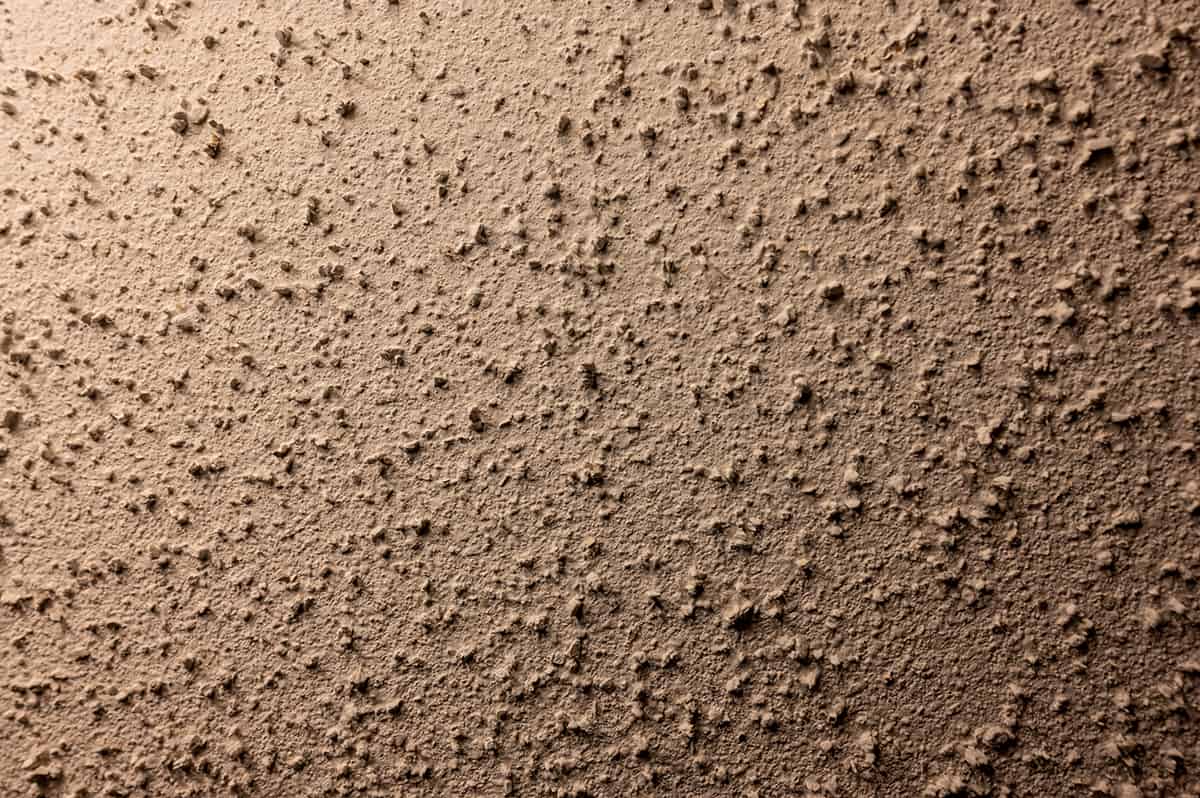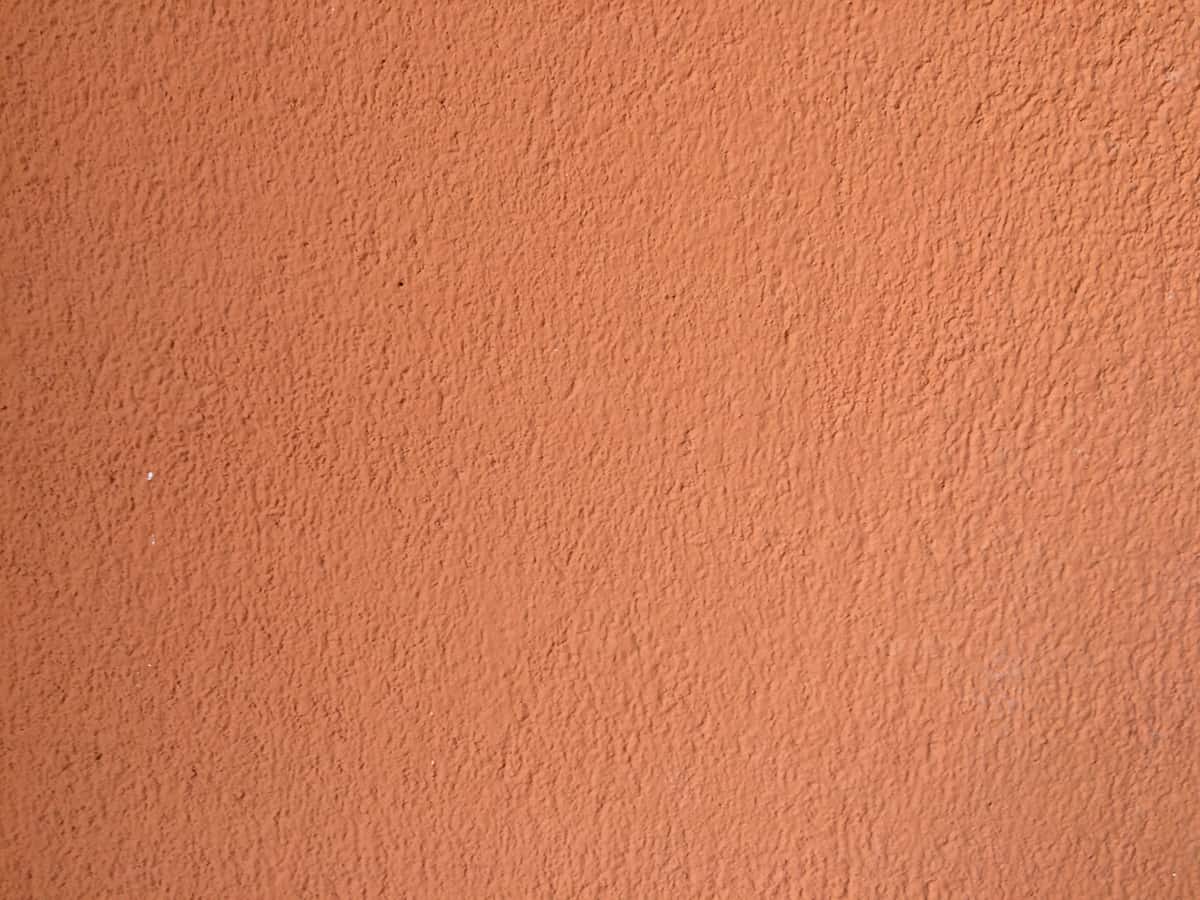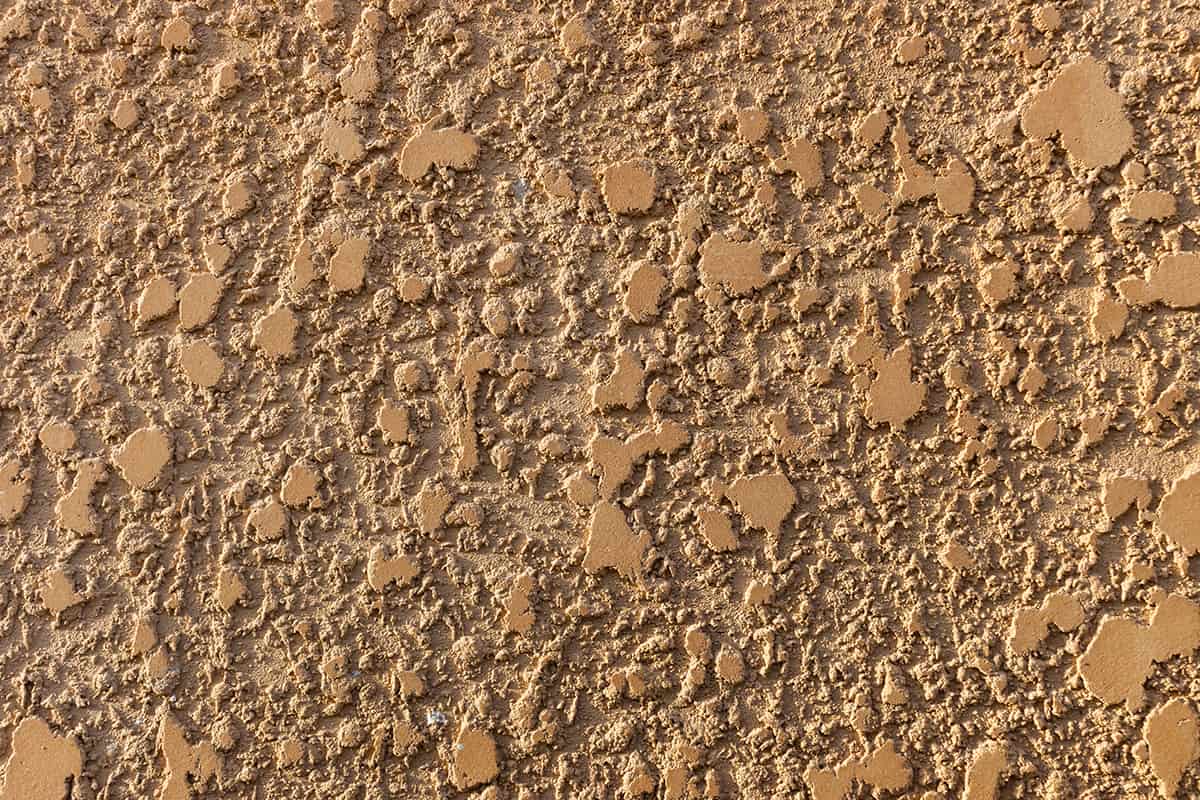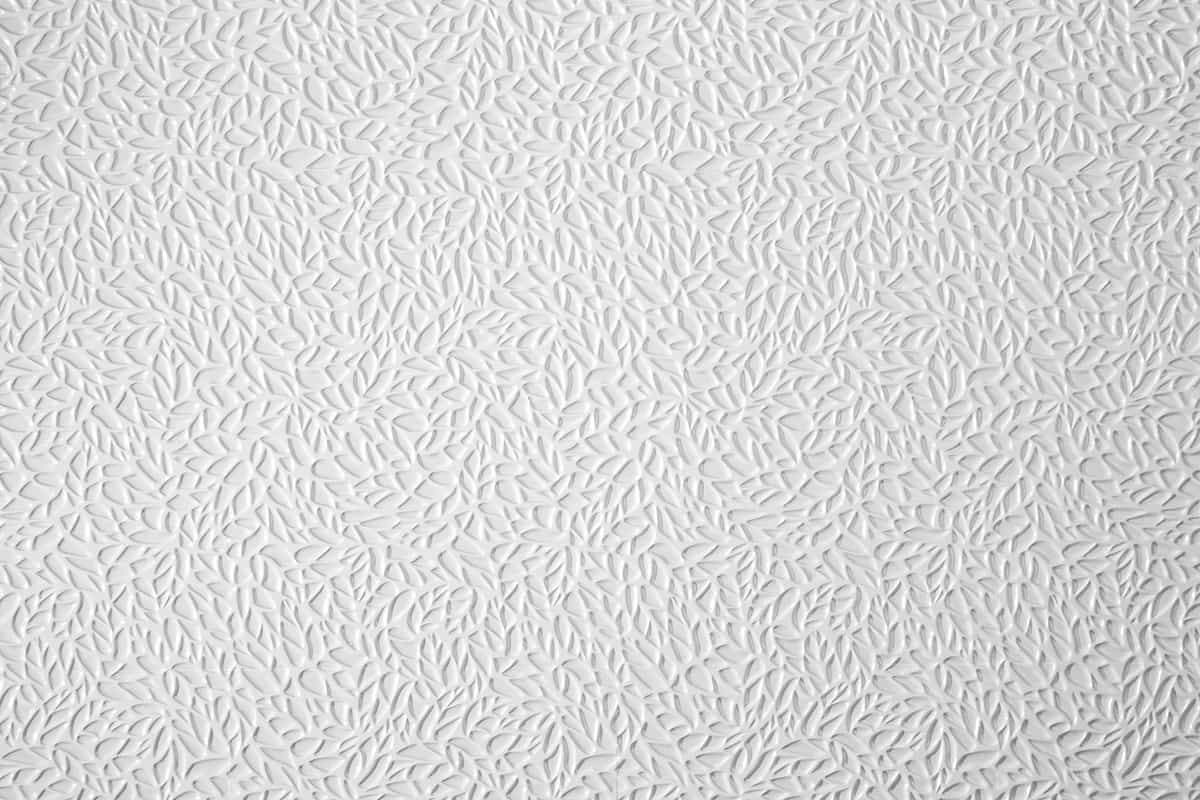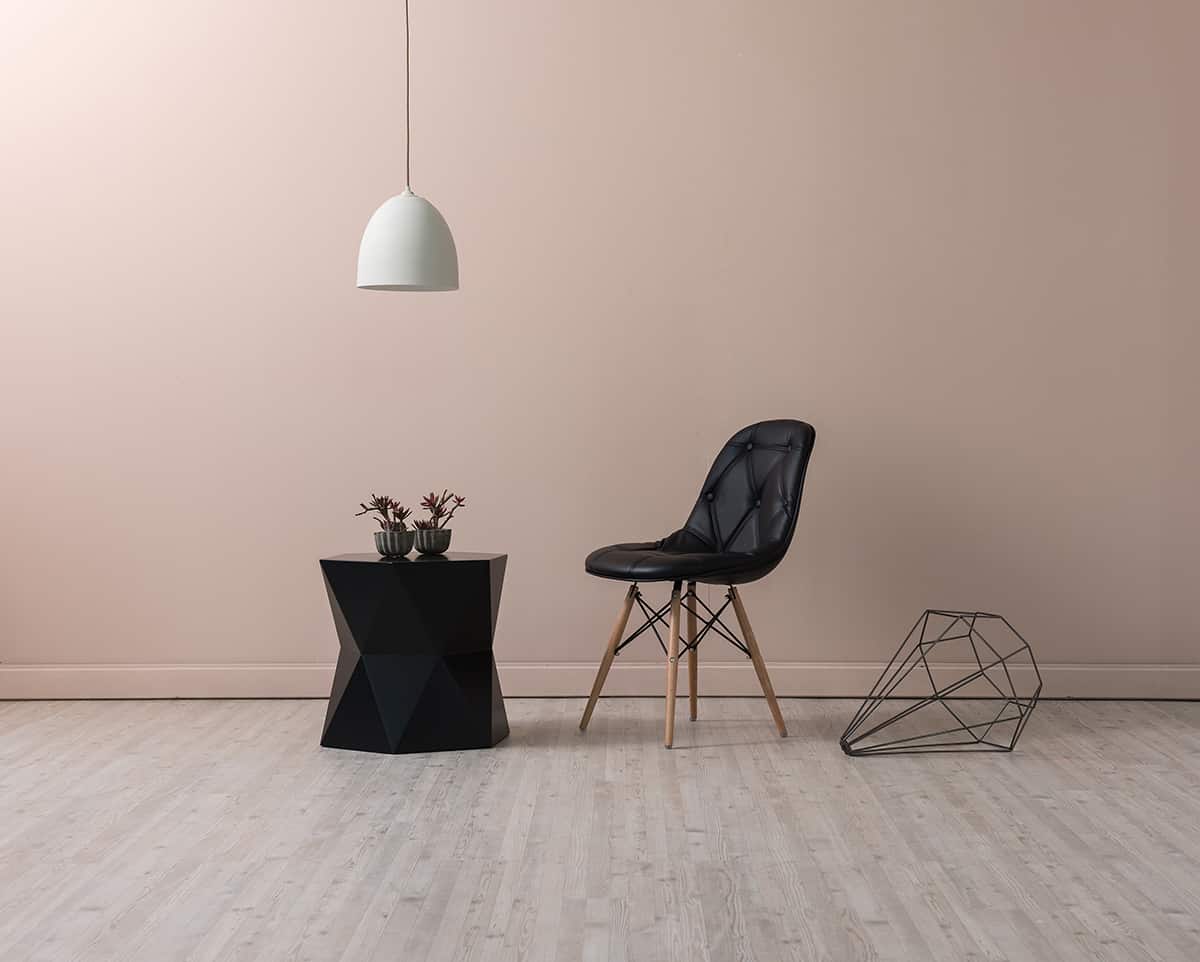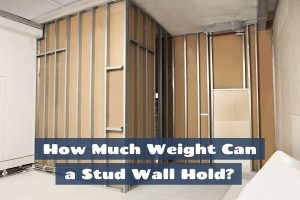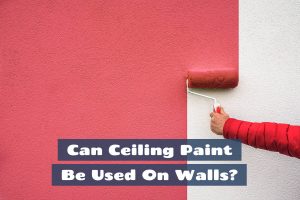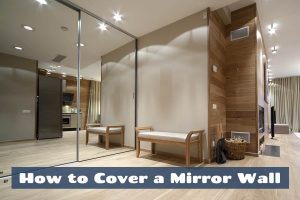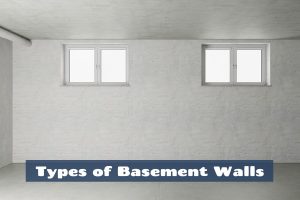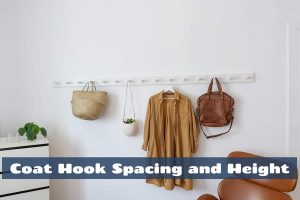Choosing between smooth and textured walls can be a daunting task for homeowners, especially when trends and styles are ever-changing. Each type of wall finish comes with its own set of practical advantages and disadvantages that should be considered when making a decision.
In this article, we will explore the various types of smooth and textured wall finishes that can be achieved in a home, along with their respective pros and cons to help you make a better-informed decision.
What are Textured Walls?
Textured walls are surfaces that have an uneven finish, creating depth and interest in a room. There are several types of textured walls that have been popular at different times. These textures can be created with wallpaper or by applying spackling or drywall compound in specific ways. Let’s explore some popular types of textured walls.
Combing
This is a textured wall style that is achieved using a trowel that has evenly spaced teeth on it, like a comb. You would apply drywall compound to a wall with a roller and then use your toothed trowel to make patterns in the compound before it dries. The teeth in the trowel will create ridges in the drywall. Most commonly, this technique is used to create overlapping circular patterns in the drywall compound. It can take quite a bit of practice to get this style of textured wall to look uniform, but the pattern does allow for some variation.
This type of textured wall was commonly used on ceilings in the 1980s and 1990s. It is no longer considered to be trendy, and many people who buy homes with old combed textured ceilings will have it removed.
Popcorn
Popcorn texture was popular during the 1970s. It adds depth and dimension to a room, hides imperfections, and absorbs sound.
You can create this texture by mixing drywall compound with polystyrene balls and applying it to walls or ceilings using a spray gun. Once dried, it can be painted any color.
Orange Peel
This texture resembles the peel of an orange and was popular in the late 1990s and early 2000s. Achieve this look by mixing drywall compound with water and spraying it onto primed walls in small bursts. The wall underneath should still be visible through the texture.
Knockdown
This textured wall style is popular in rustic interior spaces such as ski chalets, woodland lodges, and lake houses. It creates a finish that looks similar to stucco and is fairly easy to achieve at home. To try out this look, mix the drywall compound with water until it is the consistency of thin pancake batter, then fill up a spray gun and apply small shots to the wall to create an orange peel effect.
Allow the wall texture to begin drying out, usually for around 15 minutes, and then use a flat knockdown knife to begin flattening the splatters on the wall. Be sure not to do this too soon; otherwise, the knife will leave ridges or marks in the drywall compound rather than flattening them.
Sand Swirl
This is an easy wall texture to achieve that creates a softer finish that isn’t as obvious as most other types of wall texture, and therefore it can work well in a range of interior styles. To apply a sand swirl texture, you will need primer mixed with sand and a wide paintbrush of around 7 inches.
Dip your paintbrush into your mixture, wipe off the excess, and then apply it to your walls in a circular swirling motion. Start at the top of the wall and work your way down, with each new layer of sand swirl slightly overlapping the previous layer above. After 24 hours of drying, you can then prime and paint the walls in whatever color you like.
Textured Wallpaper
Textured wallpaper comes in a range of patterns and can be easily applied by the homeowner. This is a nice option if you want textured walls but aren’t sure how long the trend will last because wallpaper is much easier to remove than textured drywall compound.
Textured wallpaper is most commonly white or cream, but it can be painted on top of for a textured surface in any color you like.
Pros and Cons of Textured Walls
Pros
- Adds depth
- Adds interest
- Absorbs sound
Cons
- Difficult to remove
- More expensive than smooth walls
- Hard to clean
What are Smooth Walls?
Smooth walls are exactly as you would expect; walls with a smooth and flat surface. This is currently the most popular finish for walls because it creates a simple base that can work with any interior decor style.
Smooth walls are extremely versatile, which means you can redecorate again and again without the need to resurface the walls. Smooth walls are also generally less expensive to install because they take less time and therefore have a lower labor cost.
As smooth walls are widely considered to be the best type of wall surface, it is highly unlikely that having smooth walls would put off any future buyers of your property. Another benefit of smooth walls is that they are so easy to clean, especially compared with textured walls.
As smooth walls have no dips or pocks for dirt to sink into, they don’t tend to hold onto dirt. Any dirty marks that do appear on smooth walls can be wiped away with a cloth and some soapy water, as opposed to textured walls that will need to be scrubbed to get the dirt out of the crevices. For this reason, it’s a good idea to have smooth walls in areas of the home that are prone to getting dirty, such as the entryway where people remove their shoes or in the kitchen where food and liquids could get splashed on the walls.
Another advantage of smooth walls with regards to cleanliness is that they don’t attract spider webs quite so much as textured walls. The ridges in heavily textured walls especially create a nice surface for spider webs to grip to.
If you have ever lived with textured walls or ceilings, you probably noticed a drastic increase in spiderwebs compared to smooth walls. One of the drawbacks of smooth walls is that they can make imperfections quite obvious, whereas textured walls are good at hiding cracks or lumps in the walls.
Although you might expect that all smooth walls are the same, there is actually a scale of smoothness ranging from 1 to 5, so if you are having new smooth walls installed, you can choose the exact level of smoothness you would like.
Pros and Cons of Smooth Walls
Pros
- Versatile
- Easy to clean
- Spiderwebs less prevalent
- Modern
Cons
- Shows imperfections. Smooth walls can visibly show every bump and scratch.
Frequently Asked Questions
Why do people prefer textured walls?
Textured walls can add warmth, depth, and visual interest to a room. They can also help to create a rustic or cozy aesthetic, depending on the specific texture used. Some individuals may prefer textured walls because they can hide surface imperfections, making them a popular choice for older homes.
How do the costs of smooth and textured walls compare?
Smooth walls tend to be more affordable, as they require less labor and specialty materials. However, the cost of textured walls can vary depending on the type and complexity of texture. In general, applying a texture to walls will add to the overall expense when compared to a smooth finish.
How do you maintain and clean textured walls?
Textured walls can be slightly more challenging to maintain compared to smooth walls. To clean textured walls, use a vacuum cleaner with a brush attachment to remove dust. Stubborn stains can be cleaned with a damp cloth or sponge; however, avoid excessive rubbing, as it may damage the texture. Repairs to textured walls may require professional help to match the original finish.
Do smooth or textured walls better conceal imperfections?
Textured walls are known for their ability to better conceal imperfections than smooth walls. Uneven surfaces, cracks, and other defects can be hidden with the help of texture. On the other hand, smooth walls tend to highlight any irregularities, making them a better choice for newer constructions with fewer flaws.
